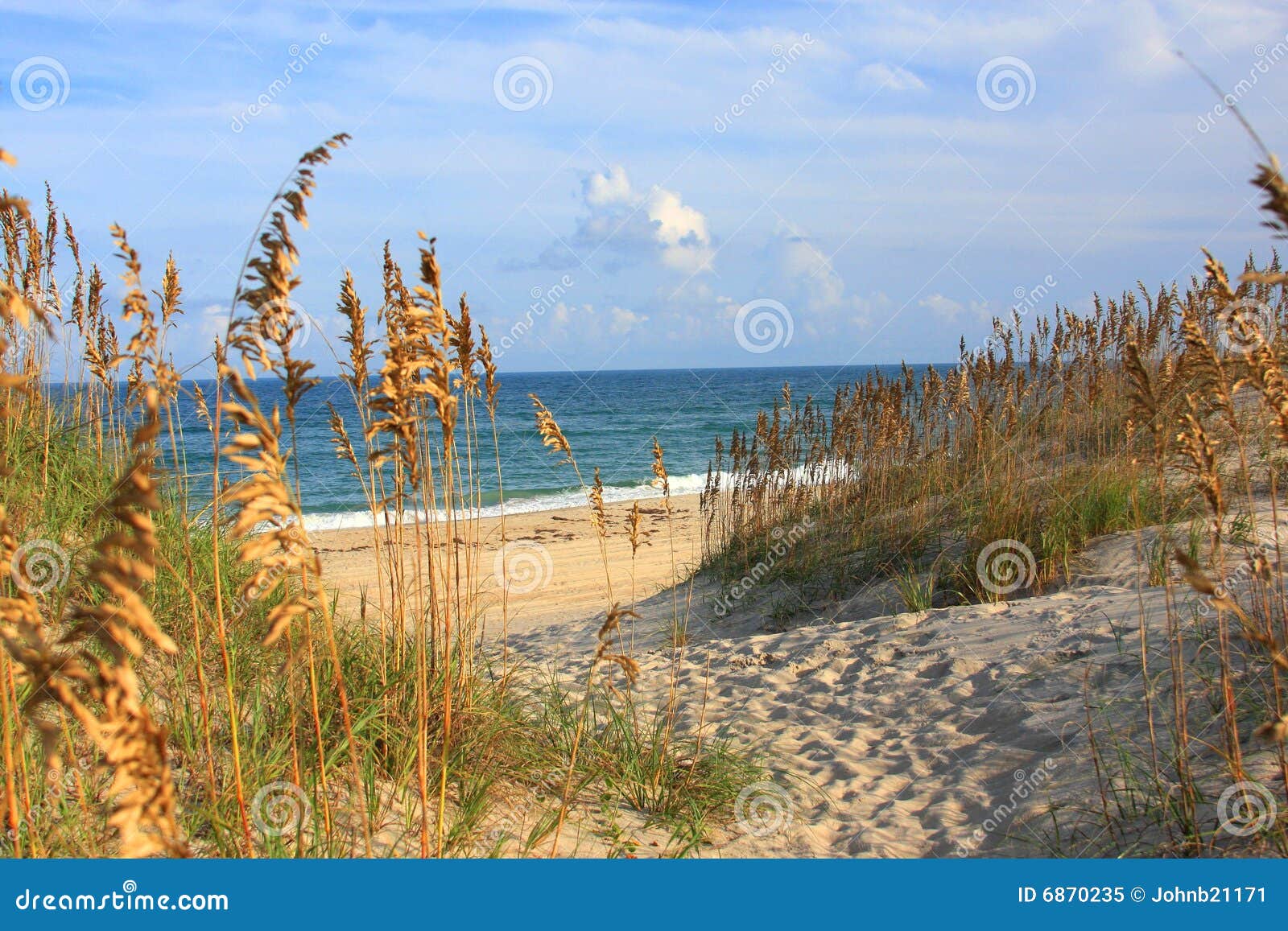 This year we are having a bumper crop of okra, much more than we can eat. The okra is also called Lady Fingers, probably because they are long and slender. The pale yellow blooms are beautiful, too. What is better than to pick okra or any fresh vegetable in your garden, bring it to your kitchen, and cook it within minutes? How fresh can you get?
This year we are having a bumper crop of okra, much more than we can eat. The okra is also called Lady Fingers, probably because they are long and slender. The pale yellow blooms are beautiful, too. What is better than to pick okra or any fresh vegetable in your garden, bring it to your kitchen, and cook it within minutes? How fresh can you get?For freezing okra, I use the freshest. It goes from the garden to the pot to the freezer in a very short time. Since we are not using any pesticides, I am not too concerned about thoroughly washing the vegetables from the garden. All I have to do is cut off the tip part of the okra and leaving the bottom intact. In other words, I am freezing he okra almost whole.
 In a pot, I let the water come to a roaring boil and then I add the okra to blanch for a few minutes. What a beautiful color! When the blanching is completed, I pour okra and water into a colander and let it cool down (stop boiling) under cool running water. Some say to use ice, but I don't believe that is necessary.
In a pot, I let the water come to a roaring boil and then I add the okra to blanch for a few minutes. What a beautiful color! When the blanching is completed, I pour okra and water into a colander and let it cool down (stop boiling) under cool running water. Some say to use ice, but I don't believe that is necessary.When the okra is cool enough to handle, I pack the okra into quart size plastic bags and put them into the freezer for later use in gumbos, stews, and soups.
To Stir Fry Okra: I like to use fresh okra for the stir fry, not the frozen okra from my freezer. I simply cut the okra into bite size pieces discarding the tip of the okra. I also cut up some onions and bell peppers. If I have tomatoes available, I chop and add them to the stir fry, too. Oh, yes! Garlic and parsley make the stir fry extra nice.
Thank you for visiting my blog. Please, leave a message below.













.jpg)

